Tubular lilies: the best varieties, their planting and care rules
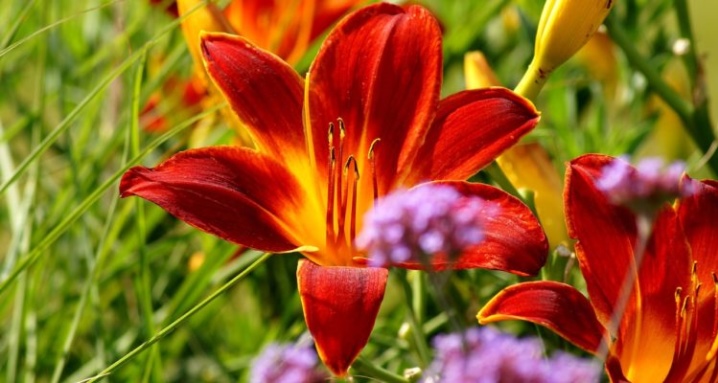
Lily is one of the most common flowering plants and is valued for its beautiful appearance as well as its peculiar scent. Among all plants that can be attributed to the group of lilies, the category of tubular lilies deserves special attention.
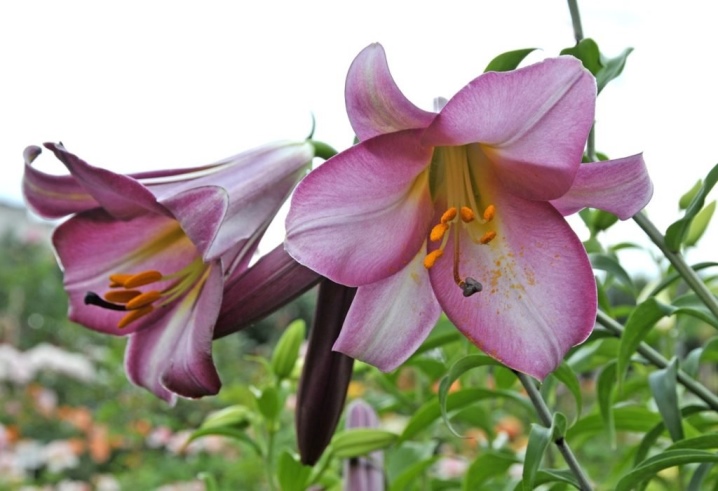
For those who are just planning to start growing these flowers, it will be useful to find out what features are inherent in tubular lilies, which varieties from the group are the most popular and what care rules must be followed during the growing process.
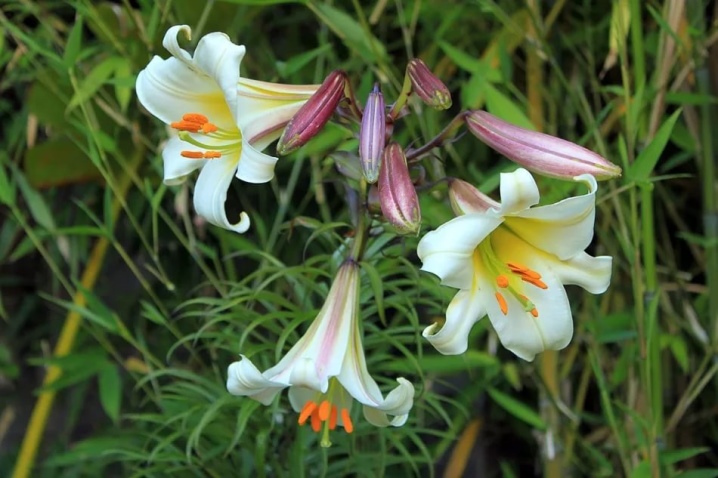
Description
Tubular lilies - these are large-sized plants that can reach a height of 2.5 meters... However, such growth rates are inherent only in some species. If we talk about the average height of a flower, then it should be noted that this figure is about 80 centimeters.
This category of lilies is called tubular due to the fact that the base of the flower is elongated and resembles a tube in shape.
The category of tubular lines includes plants that have a variety of shapes., including cupped, drooping and star-shaped. The stems of tubular lilies are durable, even though they are very thin in structure. In this case, the leaves are elongated.

Tubular lilies are a fairly diverse group of plants in terms of color. So, among the flowers, you can find almost any shade with the exception of blue and its various variations.
By their structure, flower petals are very dense, so they tolerate adverse weather conditions (for example, wind or rain) well.
Also, the distinctive characteristics of the plant include the fact that flowers of tubular lilies are quite large in size and can reach 18 centimeters... They are distinguished by an intense and rich aroma, which must be taken into account, first of all, by those people who suffer from allergies and individual intolerances. One flower can have up to 6 petals.
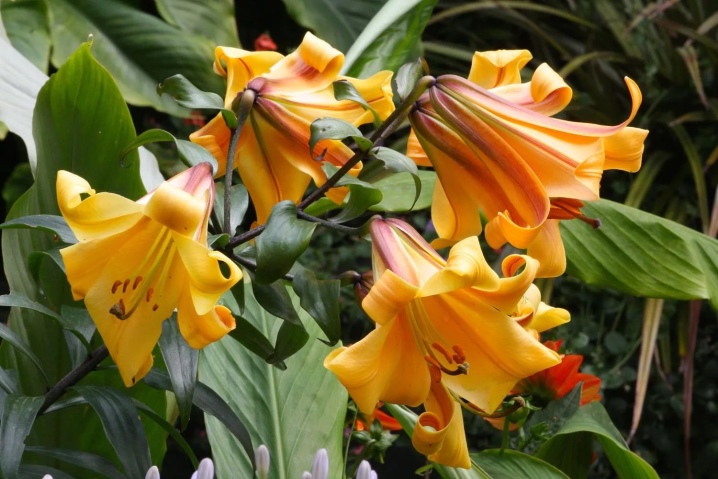
In one inflorescence of a tubular lily, from 5 to 10 flowers can form.
It is important to note that they are not revealed simultaneously, but in turn.
The flowering time of tubular lilies is the second half of summer. In this regard, the plants can be classified as late flowering. The tubular lily bulbs are quite large in size.
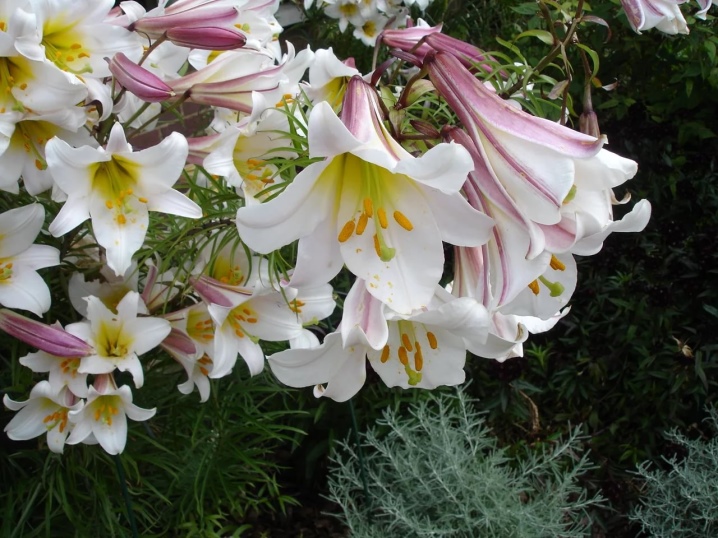
That is why it is especially important when buying a plant to pay attention to the following characteristics:
- the minimum size of the bulbs should be about 3 centimeters in diameter (if you buy smaller specimens, they may not survive);
- the bulbs of tubular lilies should be dense and elastic to the touch;
- externally there should be no visible defects (for example, mold);
- the packaging of the plant must be free of any damage.

Many gardeners choose tubular lilies due to the fact that these plants are capable of fairly long flowering. This characteristic is unusual for other categories of lilies.
So, some varieties of tubular lilies can bloom for a whole month. Besides, the plant is distinguished by its great endurance, not only in relation to adverse weather conditionsbut also with regard to pests and diseases. It endures the winter calmly.
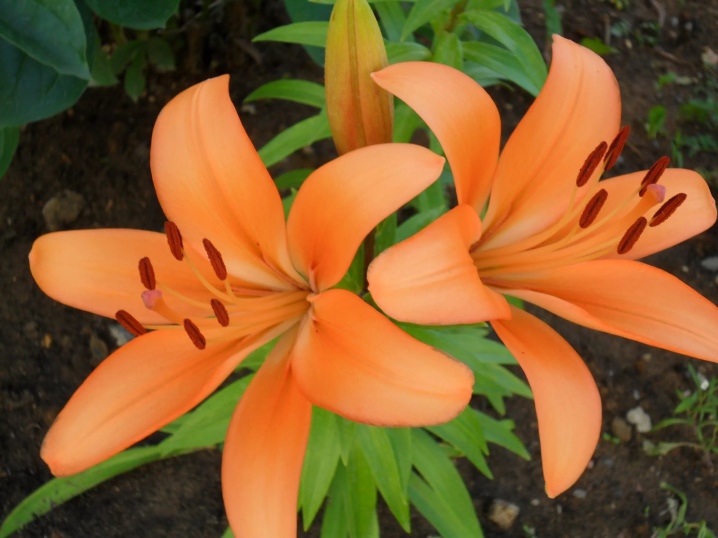
Overview of varieties
Today, botanical scientists distinguish several types of tubular lilies. Some of the varieties are natural, others are hybrids. Let's consider the most popular varieties.
- "Yellow Planets". This tubular lily has a bright yellow tinge of flowers. The height of the plant can reach 120 centimeters, and the flowers themselves are directed upwards.
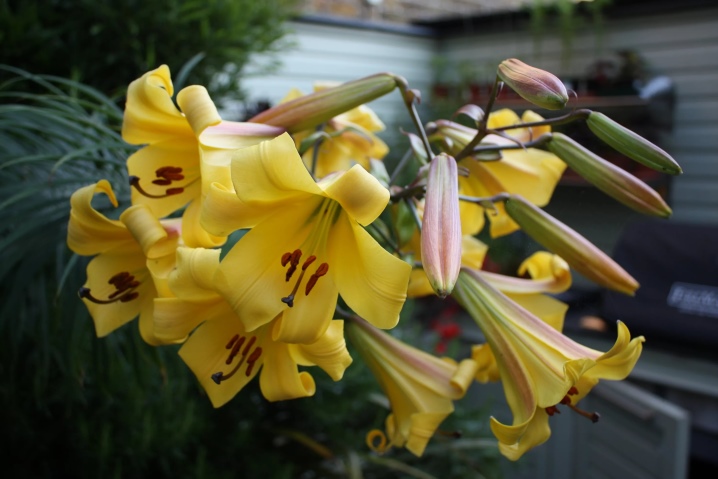
- "White Planets". This lily is a classic member of the family, because its flower has a snow-white color. At the base, the plant has a green tint, and in height it can reach 1.2 meters.
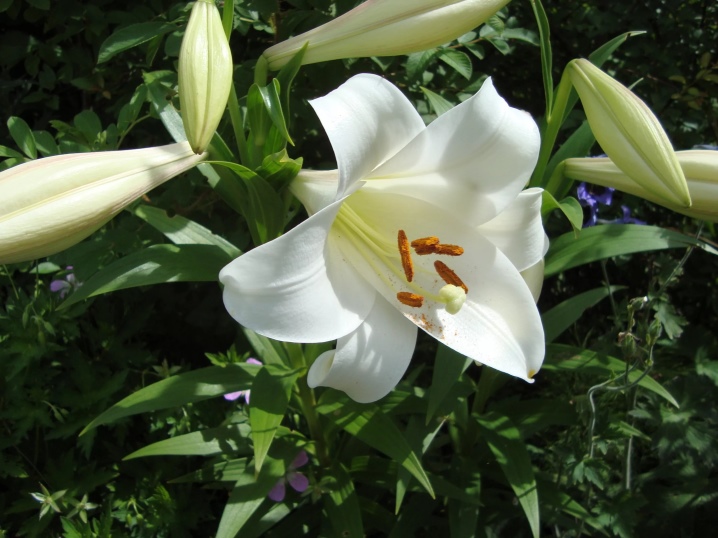
- Golden Splendor. This yellow flower is inferior in size to the plants described above, because at most it can reach a height of only 100 centimeters. At the same time, on the outside, the lily petals have an unusual bronze tint.
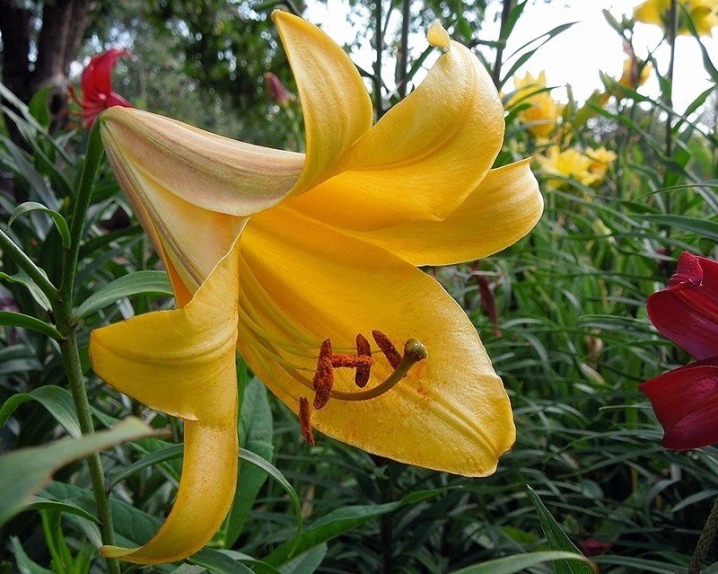
- "African Queen". The lily has large flowers (up to 15 centimeters in diameter) of a peach-orange hue.
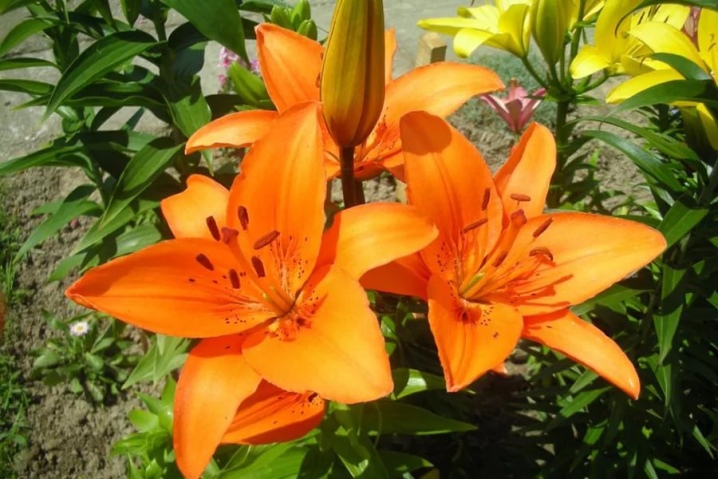
Landing rules
Before proceeding with the direct planting of the plant, it is important to make sure that the soil area meets all the necessary requirements. So, it should be borne in mind that plants do not tolerate acidic or peaty soil. Also, excess moisture should not be allowed to accumulate in the ground.
The ideal planting conditions for a plant will be those areas that, in their characteristics, are as close as possible to the natural conditions in which flowers usually grow. The best option in this case is rocky soil.
Besides, other soil options are also suitable: sandy, calcareous (while it must have neutral or alkaline acidity)... In the event that the land on the site where you plan to plant the lily has acidic characteristics, then this can be corrected by adding lime or ash.
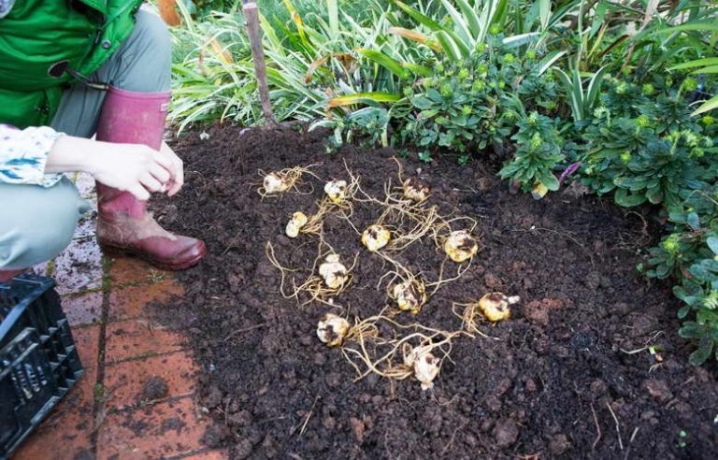
Besides, when planting in open ground, it is important to choose the right place... An excellent option would be a site that is well lit by sunlight for most of the day.
If the place is too dark, then the buds of the plant will develop slowly.
Gardeners most often choose open spaces as a place for planting a plant. It is also recommended to plant tubular lilies in elevated areas.
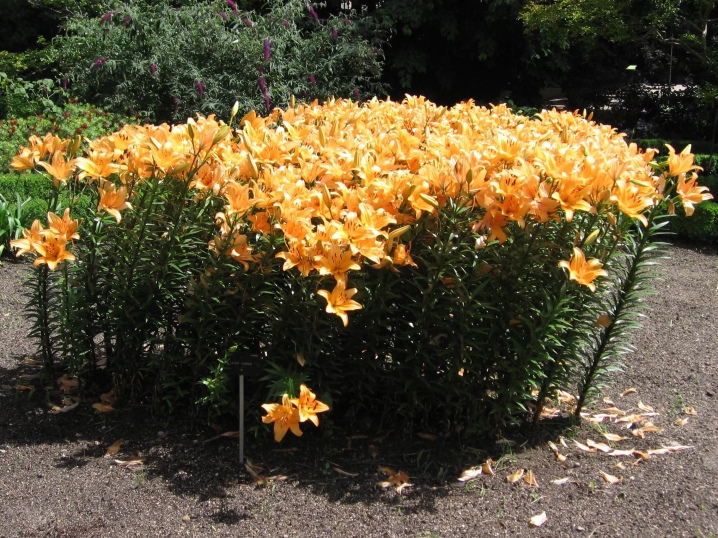
Before planting the plant directly, special attention should be paid to soil preparation. So, in order to make a soil mixture, it is necessary to take earth with sand and humus, fine crushed stone and gravel (in this case, the proportions should be 4 to 1 to 1). Also, nitrogen-containing fertilizers (for example, peat or compost) and ash must be added to the mixture.

The procedure for planting a tubular lily itself consists of the following stages:
- processing the onion with a solution of potassium permanganate;
- the formation of a hole 35 centimeters deep;
- falling asleep in the well of the prepared soil mixture;
- placing the onion in the hole;
- watering with cool water;
- mulching (usually leaves and peat chips are used for this).
Please note that the distance between plants should be at least 15 centimeters.
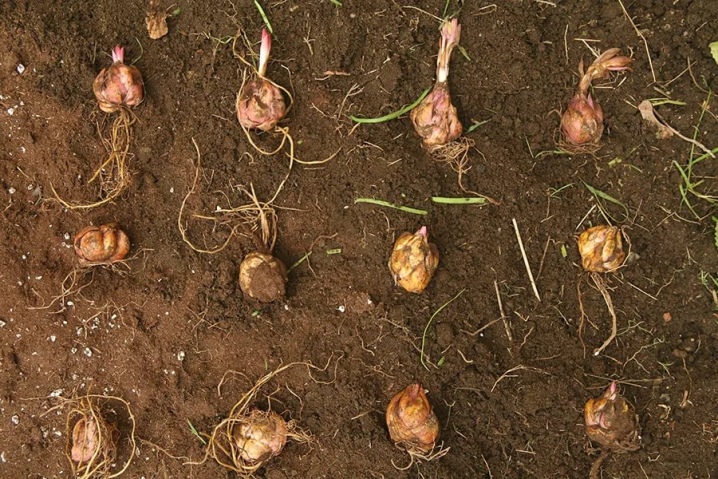
Care features
Immediately after planting, lilies do not need special care. but it should be borne in mind that every year the plant will require more and more attention... So, in the spring, immediately after the sprouts sprout, it is necessary to apply top dressing to the soil, namely, organic nitrogen-containing fertilizers (for example, compost or humus).
In the event that the air temperature drops below -3 degrees Celsius, the flowers must be covered with fabric material.
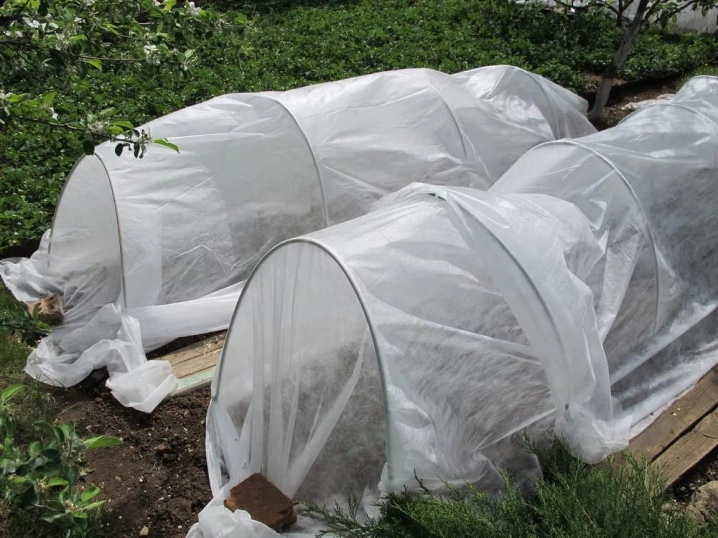
but if the air temperature is in the range from 0 to -3 degrees, then the plant should be given the opportunity to harden... In summer (namely, in July) tubular lilies are recommended to be mulched with straw or hay. Such procedures have a beneficial effect on plant development, suppress weed growth and help retain water in the soil.
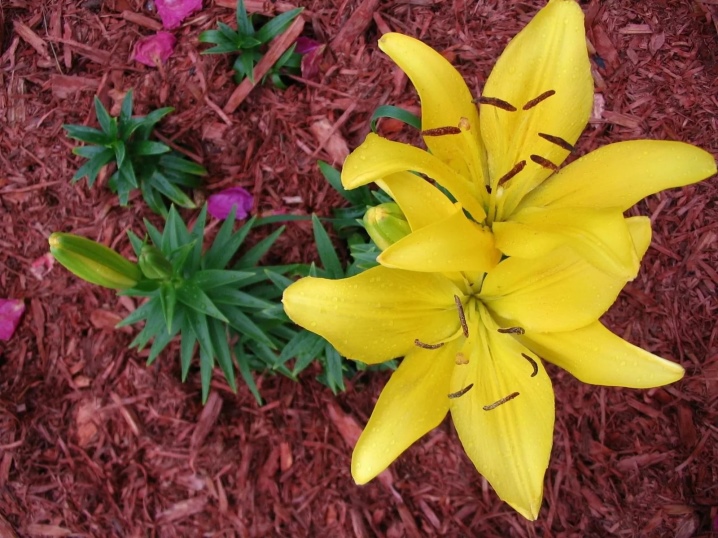
Watering is recommended to be carried out regularly - 2-3 times a week. (in hot and dry climates, as well as in summer). After the flowering period is over, the fruit pods must be removed.It should also be borne in mind that during periods of intense rains (which is especially typical for autumn), the lily is pruned and fed with ash.
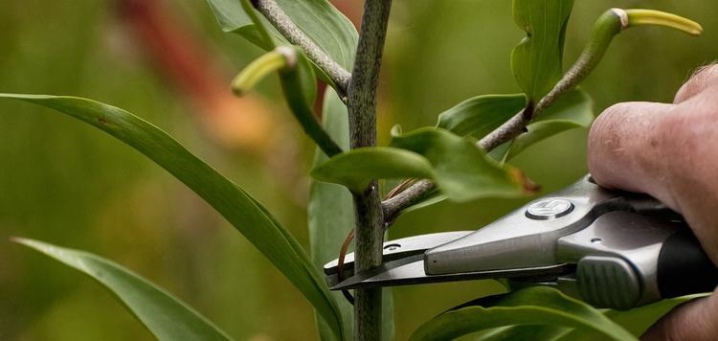
Reproduction methods
Tubular lilies have the ability to multiply by seed. However, this method is usually not used in horticulture. The thing is that this procedure is quite lengthy and laborious, it takes a lot of strength and energy. Seed propagation is resorted to only if they are trying to breed a new plant variety.

An adult plant (which has been growing in your area for at least 3 years) can be propagated with bulbs. To do this, dig up a flower and examine its bulb. Usually, at the age of 3, the plant has not only its own (so-called mother) bulb, but also several additional ones. For breeding a tubular lily, such processes are separated and seated independently in separate areas according to all the rules described above.

The breeding procedure is best done in the autumn. In spring, reproduction can be carried out if the height of the mother plant does not exceed 10 centimeters. Otherwise, the new tubers will not take root.
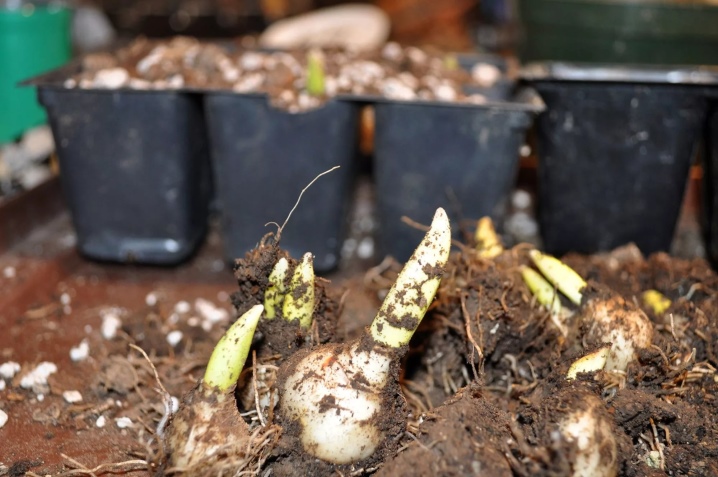
Diseases and pests
With regard to diseases and pests, it should be noted that the pipe lilies belong to the category of plants that have an average level of resistance. That is why ohit is very important to pay special attention to plant health.

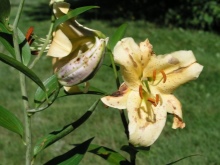
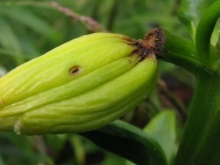
So, botanical scientists, as well as experienced gardeners, note that the plant can be influenced by such pests as lily rattles, spider mites, mealybugs, voles, scale insects.
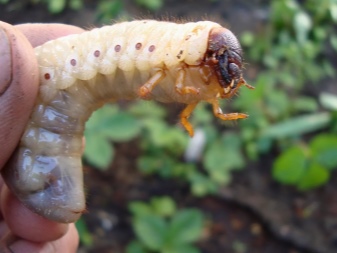
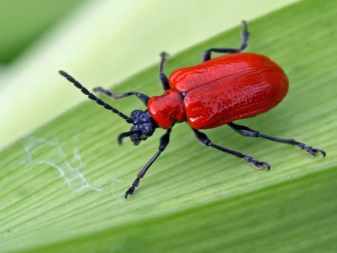

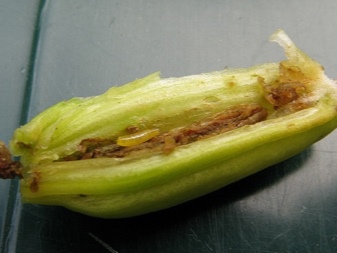
In order to protect the plant from these pests, it is necessary to prepare a special wormwood infusion.
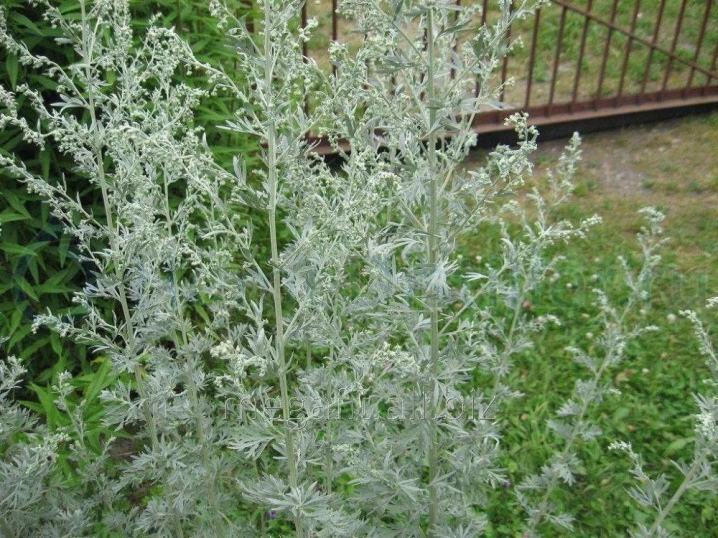
So, one third of a bucket of ground wormwood, a glass of wood ash, a bar of laundry soap and 100 grams of sulfur are poured with boiling water and kept for 8 hours. It is necessary to spray the plant with this solution (0.5 cups per 1 bucket of water).
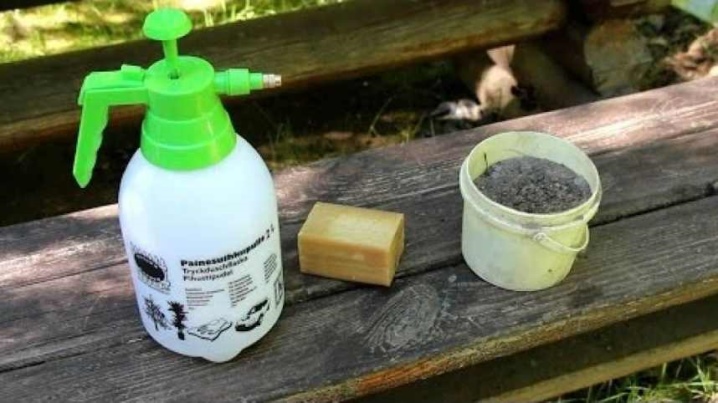
In addition to pests, diseases can also negatively affect the pipe lily. Among the most common are fusarium and gray rot. For the prevention of these ailments, it is recommended to treat the flower with a solution of potassium permanganate or any fungicide (for example, formalin or Bordeaux liquid).

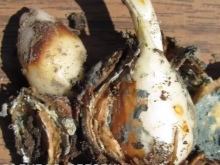

Examples in landscape design
Landscape designers often use different varieties of tubular lilies as an accent element in a flower bed.
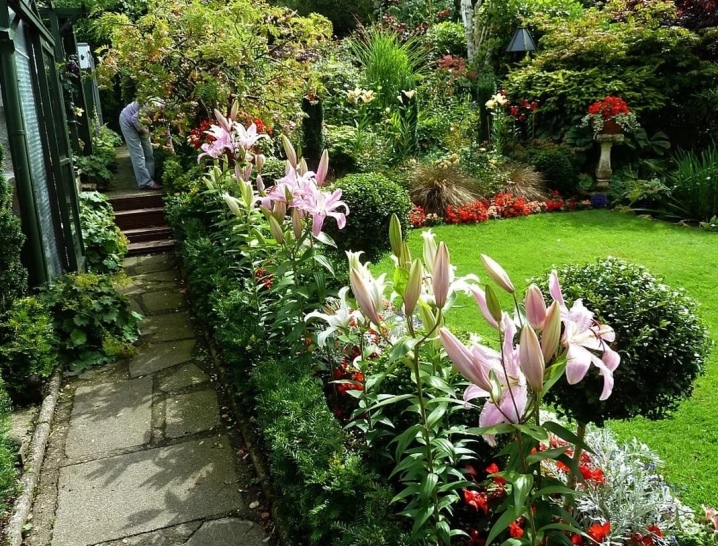
The following plants look good in compositions with lilies:
- phloxes (especially small-colored ones);
- tradescantia;
- astilba;
- millennial;
- burnet;
- thuja;
- chubushnik;
- chamomile;
- asters;
- gladioli;
- roses;
- daffodils.
In this case, you can use plants of identical, similar or completely contrasting shades.
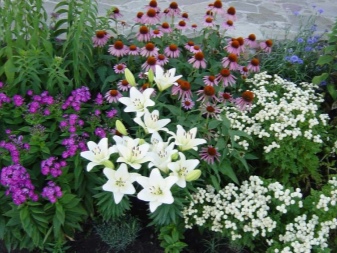
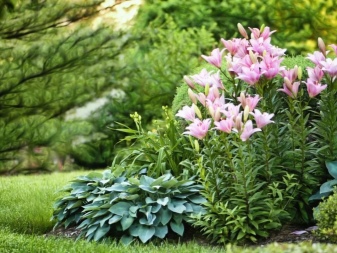
Tips for growing lilies from an experienced gardener in the video below.







































































































Very useful information! It is good that there is material about lilies for beginners.
The comment was sent successfully.